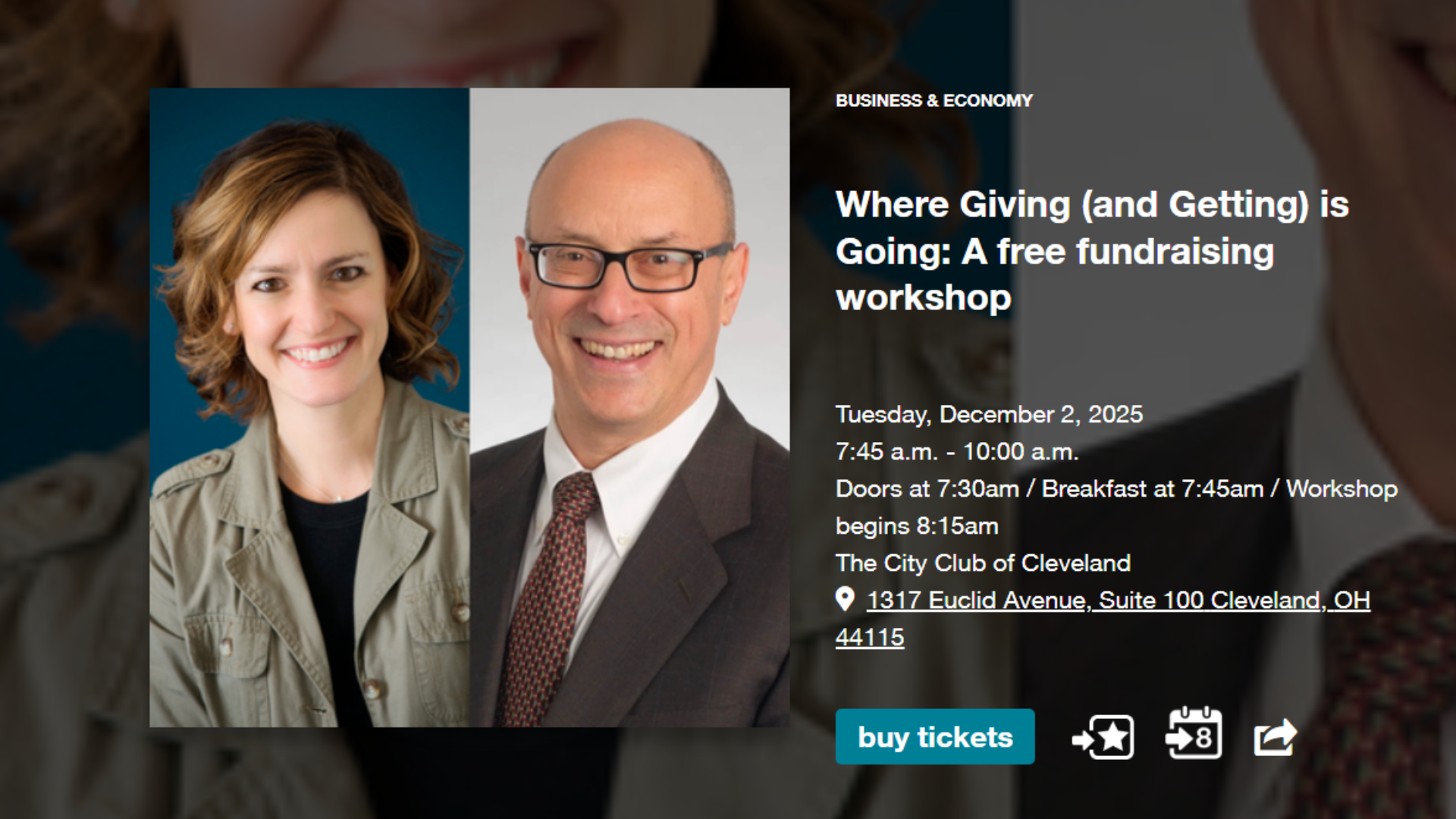The Biden Administration recently announced that they will cancel $10,000 in federal student loan debt for low-to-middle income borrowers. This unprecedented move places student loan borrowers in a better position to recover from financial hardship introduced by the COVID-19 pandemic. For many individuals, a college education is their ticket to the middle class. Unfortunately, the successful completion of a degree often comes at a price—a big one at that. The rising cost of living[1] and economic inflation have strained the financial capacity of many Americans today. Students with college debt are also likely to postpone life milestones like becoming a homeowner or getting married.[2] There is no denying that the once fruitful life that a college degree promised is slowly becoming replaced with the rotten truth that higher education is yet another institution that exacerbates social inequities.
Biden’s Student Debt Relief Plan: The Basics
To combat this hardship, the Biden Administration announced the student loan forgiveness plan with the intent to make college education and financial freedom a reality. This plan focuses specifically on federal loans that are broken into two categories—Pell Grant relief and non-Pell Grant relief. Pell Grant recipients with an income of under $125,000 or under $250,000 would be eligible for up to $20,000 of debt cancellation. Individuals who meet the same income standards without a Pell Grant are eligible for up to $10,000 in relief. For those wondering how to claim this relief, the U.S. Department of Education announced that there will be an application available for borrowers which would be “available no later than when the pause on federal student loan repayments terminates at the end of the year.” In other words, the application to claim debt relief will become available before the payment pause ends on December 31st, with payments picking back up in January 2023.
Students with college debt are also likely to postpone life milestones like becoming a homeowner or getting married.
The Biden Administration also plans to make the student loan system more manageable and accessible. One major initiative from this is cutting monthly payments in half for undergraduate loans. To do this, the United States Department of Education will implement an income-driven repayment plan that will reduce payments from 10% to 5% of discretionary income, cutting monthly payments in half. Borrowers with undergraduate loans will still be required to pay each month, however, borrowers with both undergraduate and graduate loans will pay a weighted rate. “Weighted rate” simply refers to an average that is modified to mirror the contribution of each loan to the total debt. This change would shift the average annual student loan payment to more than $1,000 for current and future borrowers.
The Public Service Loan Forgiveness Program Still Needs Improvements
Another initiative behind the student loan relief plan is adjusting the Public Service Loan Forgiveness (PSLF) program. The Public Service Loan Forgiveness program offers student loan forgiveness for anyone who has worked in the public or nonprofit sector and has made consistent loan payments for ten years.[3] Despite this, there are quite a few problems with the program. The first is that most applicants for PSLF get denied.[4] Last year, over 100 student loan advocacy groups sent a letter to Education Secretary Miguel Cardona, calling for the Department of Education to conduct a 90-day audit on the PSLF program, and cancelling student loan debt for all borrowers who have done ten or more years of public service. My colleague, Tara Britton at Community Solutions has also written[5] about problems pervasive in the PSLF program, highlighting its confusing language, miscommunication through loan service providers, and uncertain status with employers.
The Department of Education announced steps to act against colleges that have significantly exacerbated the student debt crisis.
Student Loan Forgiveness and Pell Grant Recipients
The Biden Administration also plans to double the maximum Pell Grant with a $2,175 increase for the 2023-24 school year compared to the 2021-22 school year.[6] This increases the maximum Pell Grant award from $6,495 to $6,895 for the 2022-23 school year.[7] Pell Grant recipients typically come from a family that earns less than $60,000 a year,[8] so, this increase should also help support the increasing cost of education. The plan will also support retention strategies to improve completion rates of higher education by investing in Gaining Early Awareness and Readiness for Undergraduate Programs and Trio Programs. The Biden Administration also plans to keep tuition prices reasonable to ensure that borrowers get value for their education. To do this, the Department of Education announced steps to act against colleges that have significantly exacerbated the student debt crisis. The Department of Education will also publish a watch list of programs with the worst debt in the country and call for improvement within these programs to bring down overall debt.
Student Debt Relief and Racial Equity
There are also racial equity implications behind Biden’s plan. Black borrowers' default on loans at extremely high rates, and this has contributed to broader wealth disparities that individuals face.[9] This was demonstrated in a 2017 study conducted by the U.S. Department of Education, which revealed that 55% of African Americans who entered college in 2003-04 defaulted on student loans within the next 12 years.[10] The study goes on to suggest that similar occurrences of loan default were found in African American borrowers who started college in 2011-12. Today, the typical Black borrower owes 95% of their original student debt 20 years after enrolling. Part of this occurrence can be explained by accrued interest. This is when the interest amassed by loans becomes bigger than the payments that borrowers can afford.[11] When interest accrues over time, it has implications on wealth building potential and growth opportunity. Studies show that student debt can be a hindrance to wealth acquisition, creating financial delays in the transition to adulthood, especially amongst Black populations.[12] Black individuals and families on average also tend to come from households with less income compared to white households, which therefore leads to larger loans.[13] This is also noticeable in the wealth gap that increases over the life span. At the age of 25, the wealth gap is roughly 13%, and at the age of 30, the gap rises to 23%.[14] With the implementation of this plan, the Biden Administration intends to focus on utilizing debt forgiveness programs to close this wealth gap and increase upward mobility for Black students.
5 Things You Can do to Stay Informed on Student Loan Forgiveness
Through the introduction of Biden’s Student Debt Relief Plan, there is great opportunity to tackle the problem of student debt and improve loan allocation programs. As more details about the Student Loan Debt Relief Plan are released, we will continue to provide updates and further information. For now, here are some things you can do to stay informed:
- Sign up for Federal Student Loan Borrower Updates. Doing this can provide you with information on loans, and the ongoing process to claim student loan relief coming through Biden’s debt relief plan.
- Remain up to date with program deadlines to ensure that you are preparing yourself to receive maximum aid. PSLF waivers that will allow borrowers to receive payment credit will end on October 31st, 2022. The payment pause will end December 31st
- Connect with loan servicers. If you work in the public or nonprofit sector, utilize loan servicers to help waiver loans with the PSLF. However, this program is only available through direct loans, so they must be consolidated into a Direct Consolidation Loan. For more information, refer to this fact sheet.
- Stay up to date with the student loans you have. Know what type you have, and how much you owe. If you are not sure about either of these things, refer to the Student Loan Borrower Assistance Website for more information.
- Ensure that your servicer has your most up-to-date income information available. If needed, update your contact info so that they can connect with you in a timely manner. While the news of student loan forgiveness can seem promising, we must not neglect the racial disparities that are currently present in the loan system, and what implications this has for the implementation of Biden’s plan. Families and individuals beginning their educational journey or returning to school should stay informed of costs and loans that would be incurred by attending a university. Colleges should act as institutions that enlighten and uplift our economy and contribute to the public good. Through the introduction of this student debt plan, there is finally the potential to turn the tide of the student debt debate into the hands of students— something that is long overdue.
[1] https://www.bankrate.com/insurance/homeowners-insurance/cost-of-living-statistics/
[3] https://comsolutionst.wpengine.com/deadline-nears-for-temporary-changes-that-make-the-public-service-loan-forgiveness-program-more-flexible/
[4] https://www.forbes.com/sites/adamminsky/2021/06/14/new-data-shows-most-who-apply-to-this-student-loan-forgiveness-program-are-denied/?sh=385b61fa7a52
[5] https://www.cleveland.com/opinion/2021/12/once-disastrous-public-service-loan-forgiveness-program-gets-a-revamp-tara-britton.html
[6] https://www.whitehouse.gov/wp-content/uploads/2022/03/budget%5Ffy2023.pdf
[7] https://fsapartners.ed.gov/knowledge-center/library/dear-colleague-letters/2022-03-24/revised-2022-2023-federal-pell-grant-payment-and-disbursement-schedules#:~:text=Under%20this%20new%20appropriations%20legislation,increase%20from%205%2C846%20to%206%2C206
[8] https://studentaid.gov/data-center/student/title-iv
[9] Miller, B. (2019, Dec 2). The continued student loan crisis for Black borrowers. Center for American Progress. Retrieved from https://www.americanprogress.org/issues/educationpostsecondary/reports/2019/12/02/477929/continued-student-loan-crisis-black-borrowers/
[10] https://nces.ed.gov/pubs2018/2018410.pdf
[11] https://www.dignityanddebt.org/projects/an-open-letter-to-president-biden-scholars-support-your-promise-to-cancel-student-debt/
[12] Nau, Michael, Rachel E. Dwyer, and Randy Hodson. 2015. “Can’t Afford a Baby? Debt and Young Americans.” Research in Social Stratification and Mobility 42:114–22.
[13] https://fivethirtyeight.com/features/canceling-student-debt-could-help-close-the-wealth-gap-between-white-and-black-americans/
[14] Houle, Jason N., and Lawrence Berger. 2015. “Is Student Loan Debt Discouraging Homeownership among Young Adults?” Social Service Review 89(4):589– 621.








